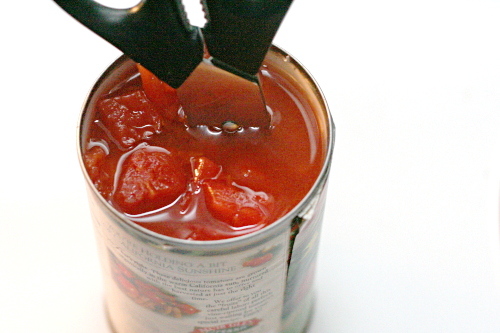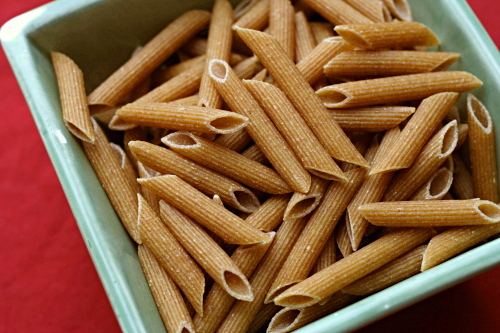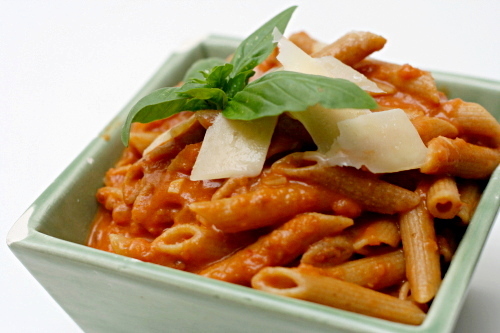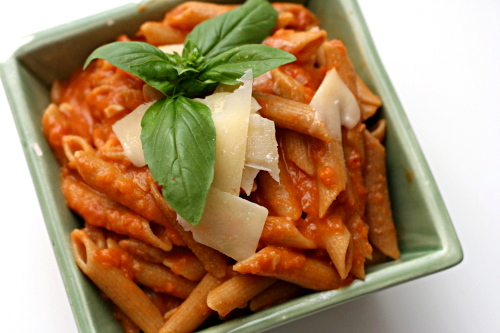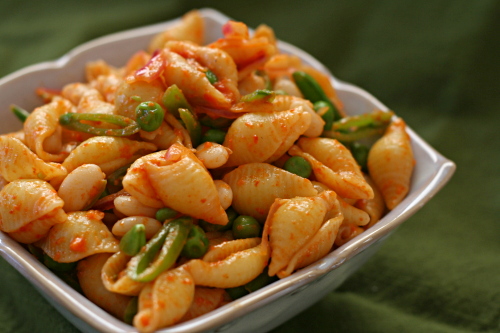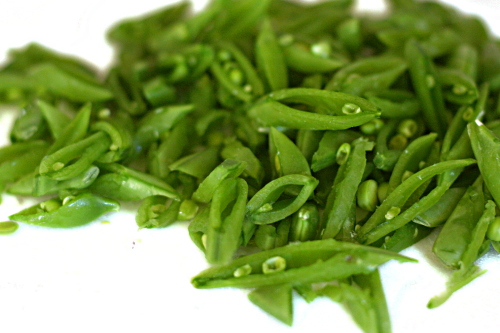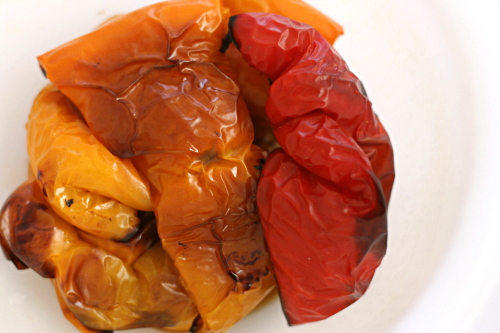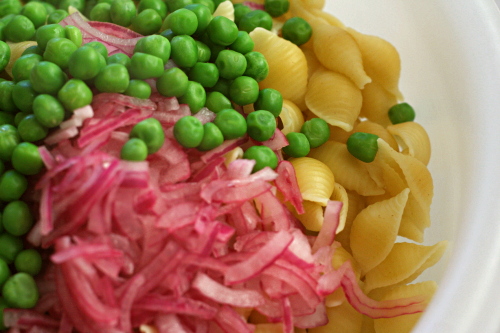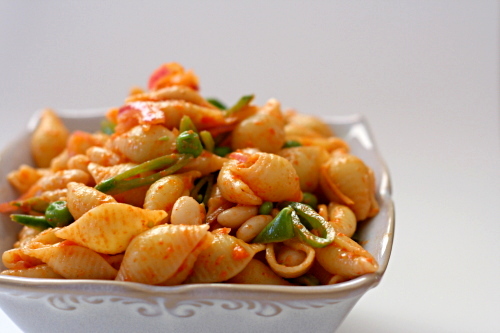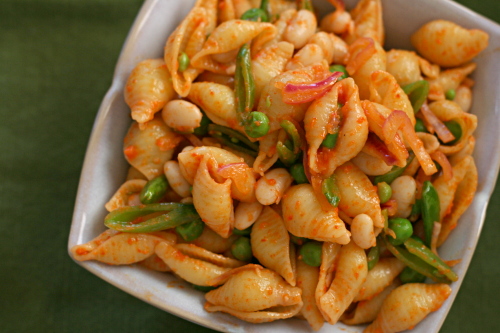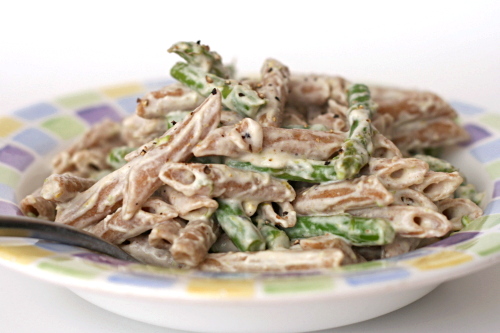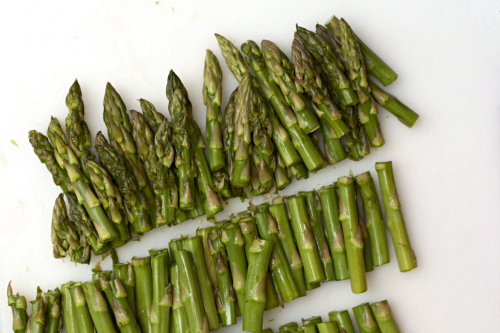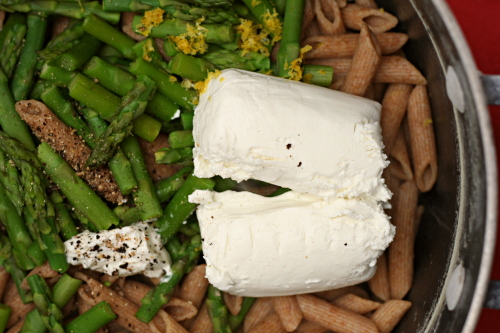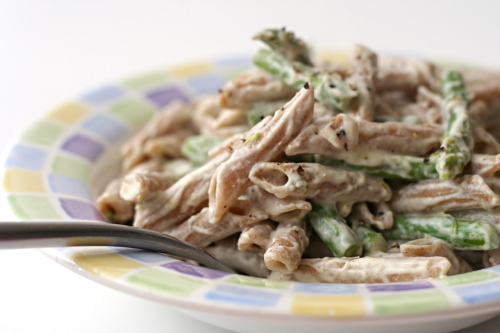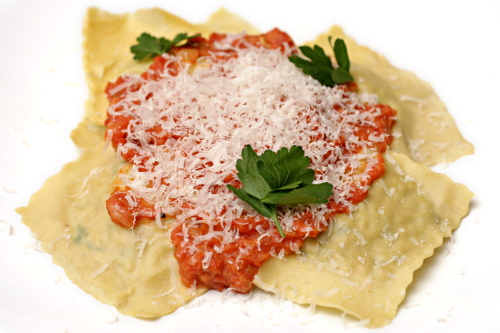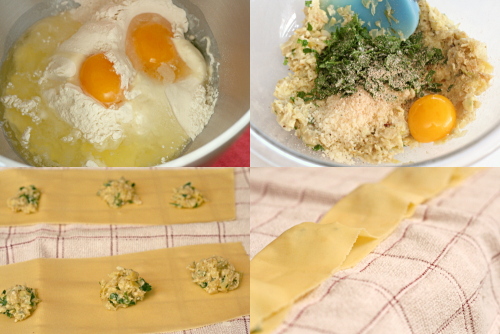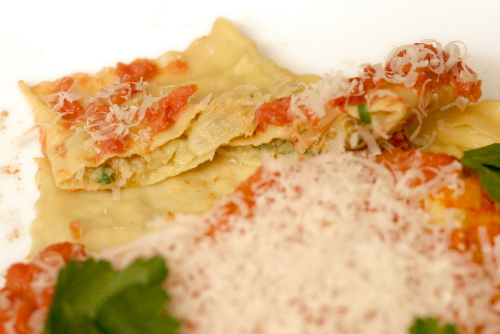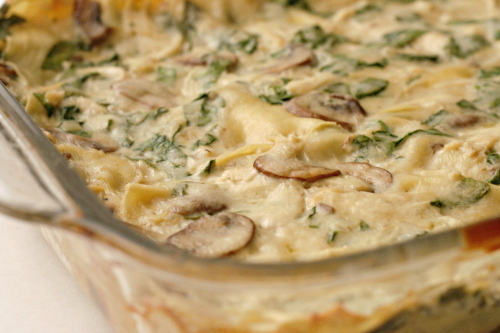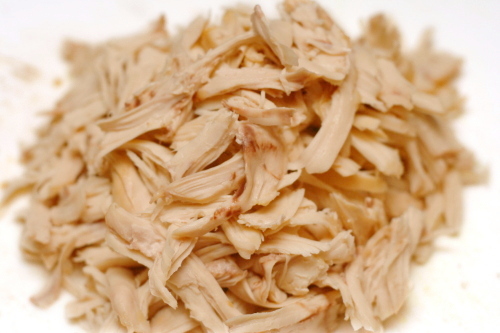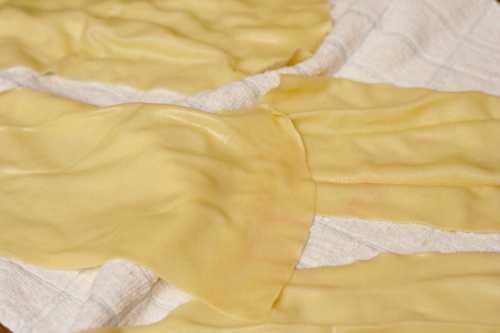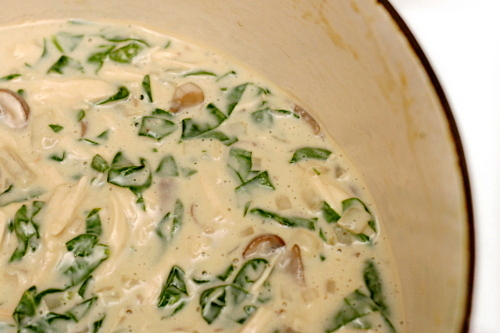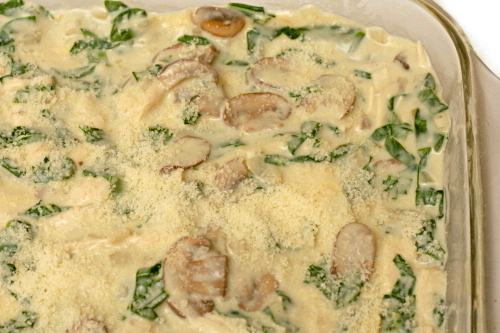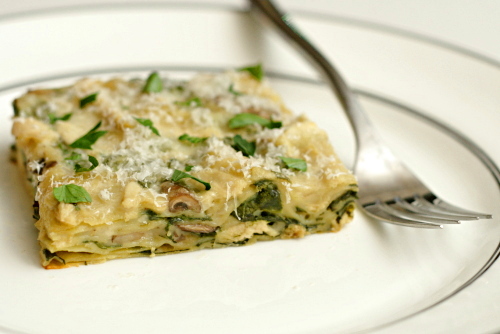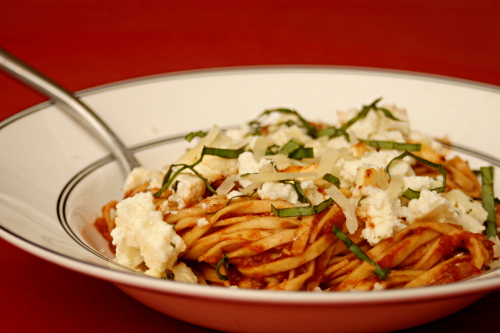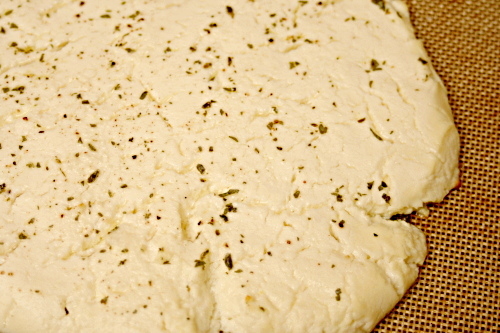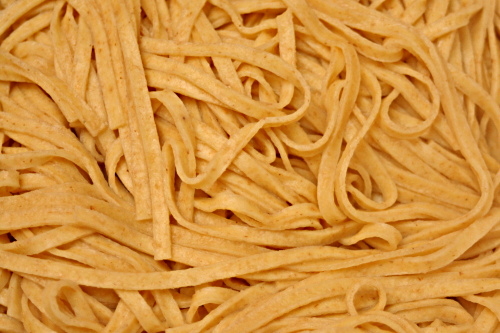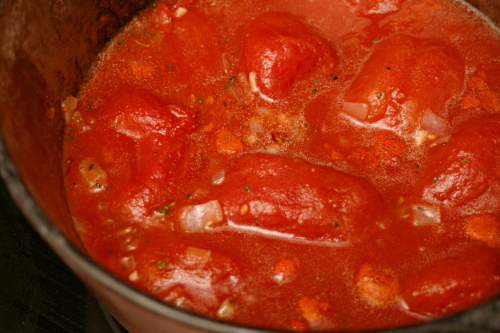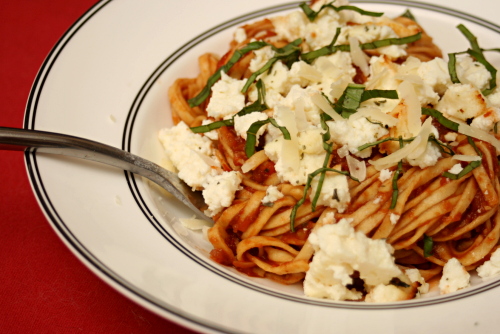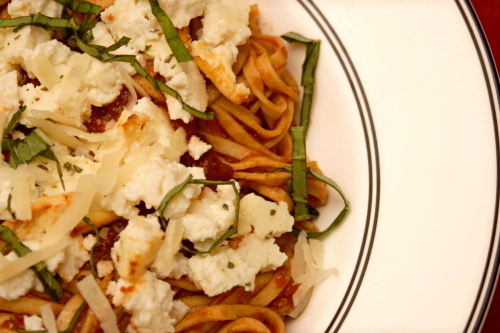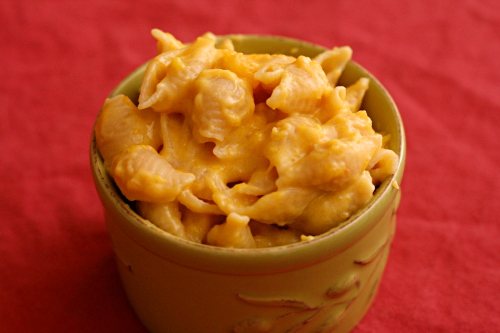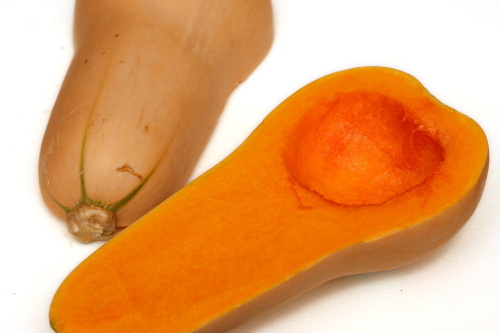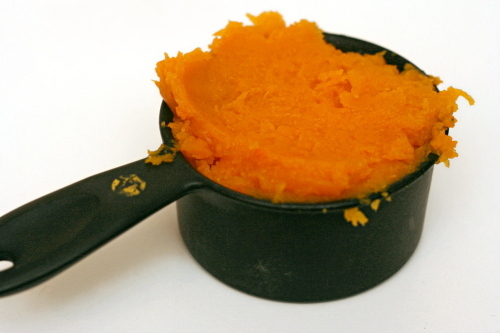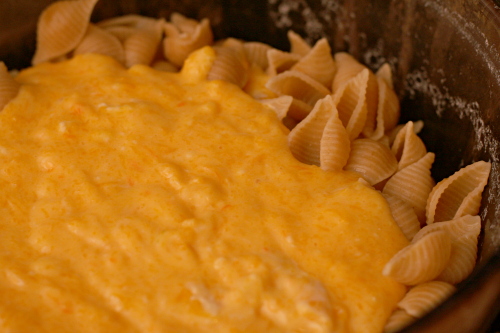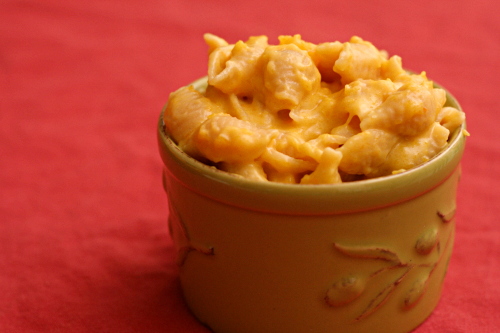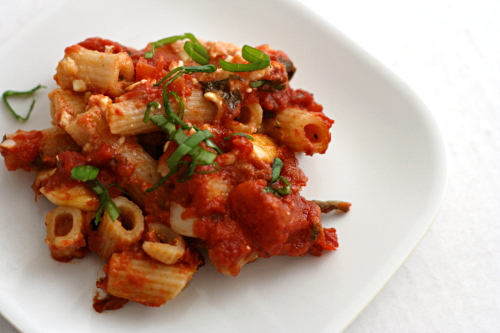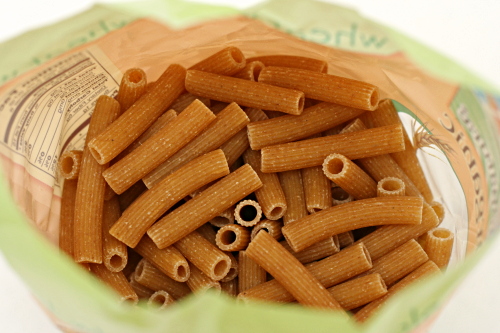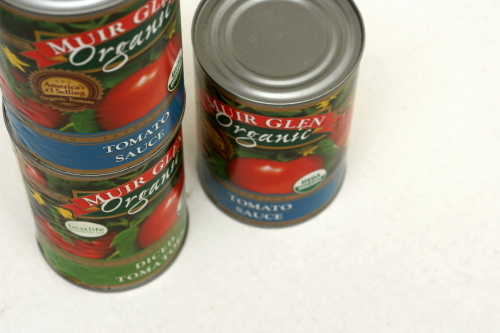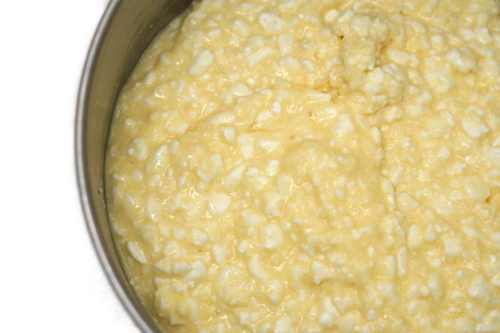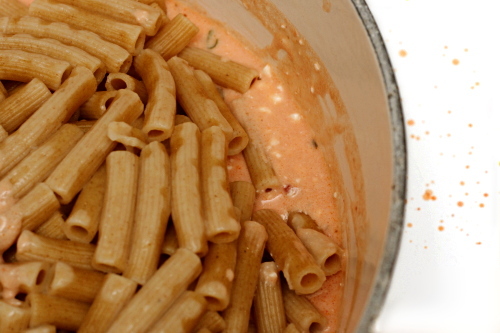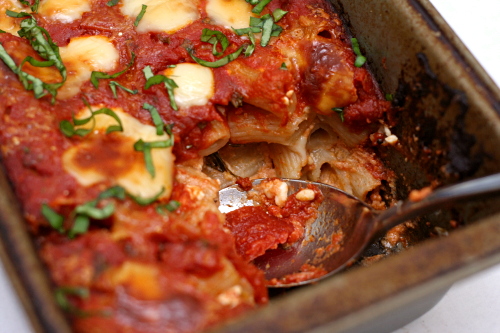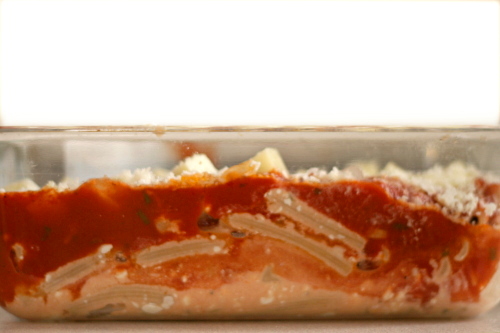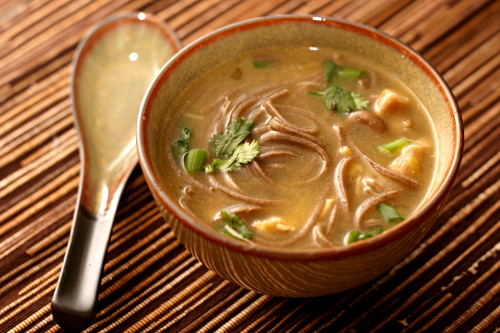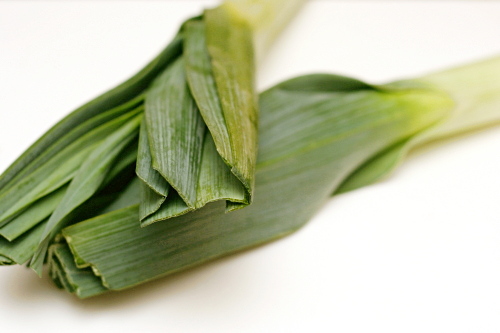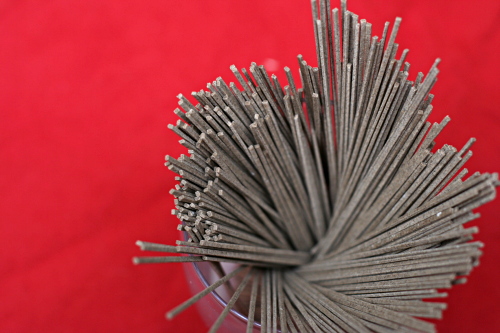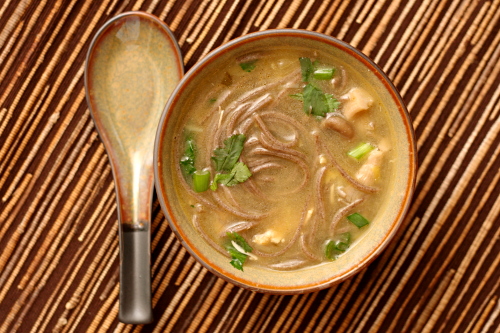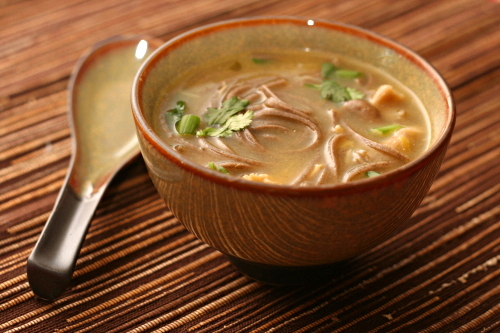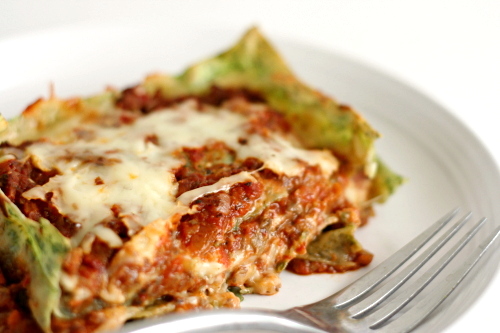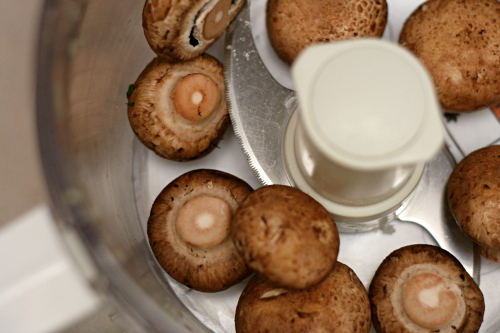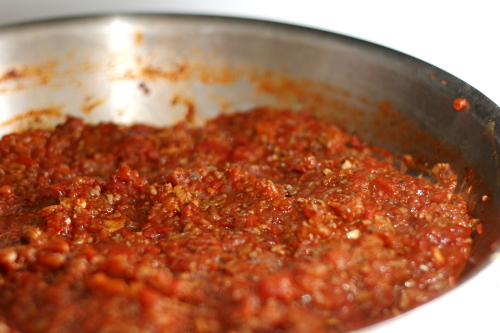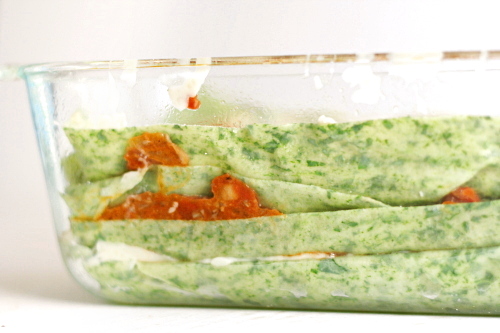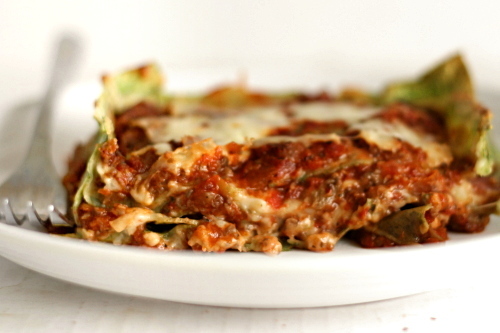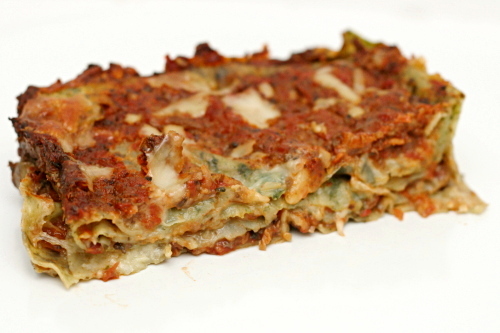People keep asking me how my recent vacation was, and I can’t think of any response other “so, so good.” How else do you sum up a week of playing in the waves, drinking margaritas, snorkeling, baking cookies, swimming with sea lions, watching shooting stars, eating shrimp tacos, and just basically everything that is good. I didn’t even get sunburned. I want to go back.
At least I had an easy meal planned for my first night at home. This is my ‘just got back from vacation’ dish. After traveling all day, I don’t want to spend much time cooking. There’s no time to defrost anything. We haven’t been home, so there isn’t a lot of fresh food around. I’ve been eating out all week on vacation, so I don’t want to get takeout.
This dish solves all those problems. It takes as long to make as it takes pasta to cook. There are only a couple ingredients to chop. It’s fairly healthy. And it uses ingredients that I can buy before I leave and trust that they’ll keep until I get back – pasta, canned tomatoes, onion. And of course, it tastes great.
I bet it would taste even better on vacation. Everything is better on vacation.
One year ago: Potato Tomato Tart
Two years ago: Banana Coconut Muffins
Printer Friendly Recipe
Penne alla Vodka (from Cooks Illustrated)
You can never go wrong following a Cooks Illustrated recipe precisely. I, however, don’t, in this case. Because I almost always make this after a day of traveling, I simplify it wherever possible. Instead of pureeing half of the tomatoes and dicing the rest, I simply stick a pair of kitchen shears in the tomato can and snip away. I don’t separate the liquid and the tomatoes in order to measure a certain amount; I just pour all of the liquid in to the sauce. I like to use 2 shallots instead of half an onion. If I don’t have cream, I use milk. If I don’t have milk, I skip the dairy. If I don’t have basil, I use parsley. If I don’t have parsley, I skip the herbs or use dried. It’s tomatoes, pasta, and alcohol; it isn’t going to be bad.
1 (28-ounce) can whole tomatoes, drained, liquid reserved
2 tablespoons olive oil
½ small onion, minced (about ¼ cup)
1 tablespoon tomato paste
2 medium garlic cloves, minced or pressed through a garlic press (about 2 teaspoons)
¼-½ teaspoon hot red pepper flakes
table salt
⅓ cup vodka
½ cup heavy cream
2 tablespoons finely chopped fresh basil leaves
fresh parmesan cheese, for serving
1. Puree half of the tomatoes in a food processor until smooth. Dice the remaining tomatoes into ½-inch pieces, discarding cores. Combine the pureed and diced tomatoes in a liquid measuring cup (you should have about 1⅔ cups). Add reserved tomato liquid to equal 2 cups.
2. Heat the oil in a large saucepan over medium heat until shimmering. Add the onion and tomato paste and cook, stirring occasionally, until the onions are light golden around the edges, about 3 minutes. Add the garlic and pepper flakes; cook, stirring constantly, until fragrant, about 30 seconds.
3. Stir in the tomatoes and ½ teaspoon salt. Remove the pan from the heat and add the vodka. Return the pan to medium-high heat and simmer briskly until the alcohol flavor is cooked off, 8 to 10 minutes; stir frequently and lower the heat to medium if the simmering becomes too vigorous. Stir in the cream and cook until hot, about 1 minutes.
4. Meanwhile, bring 4 quarts water to a boil in a large Dutch oven over high heat. Add 1 tablespoon salt and the pasta. Cook until just shy of al dente, then drain the pasta, reserving ¼ cup cooking water, and transfer the pasta back to the Dutch oven. Add the sauce to the pasta and toss over medium heat until the pasta absorbs some of the sauce, 1 to 2 minutes, adding reserved cooking water if sauce is too thick. Stir in the basil and adjust the seasoning with salt. Divide among pasta bowls and serve immediately, passing Parmesan separately.

